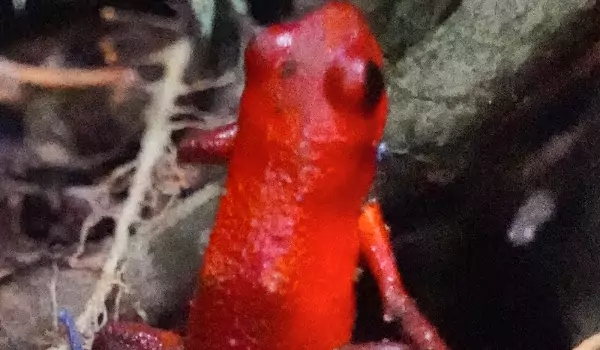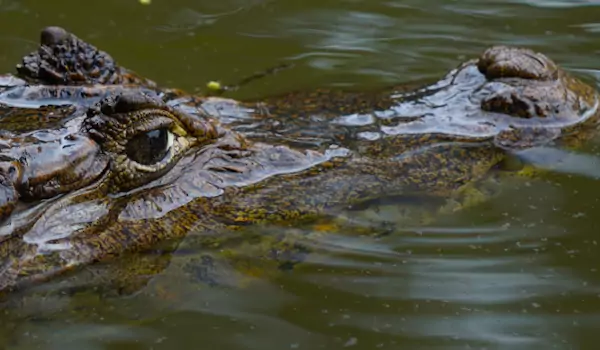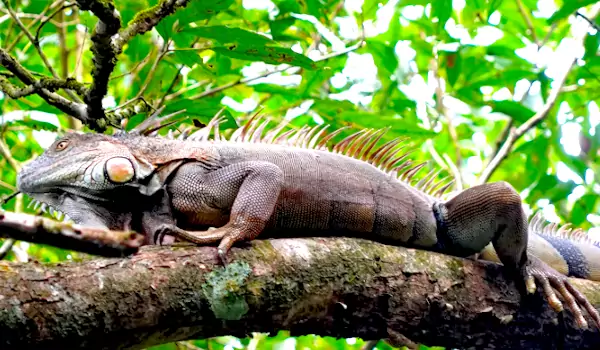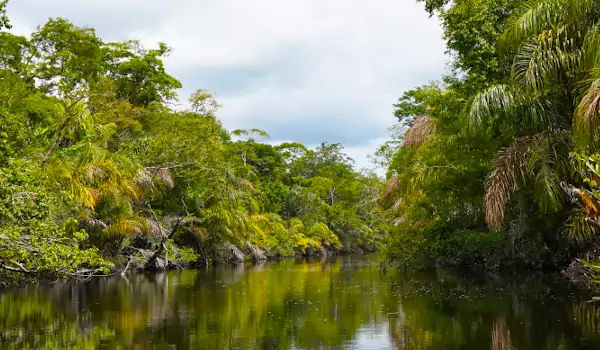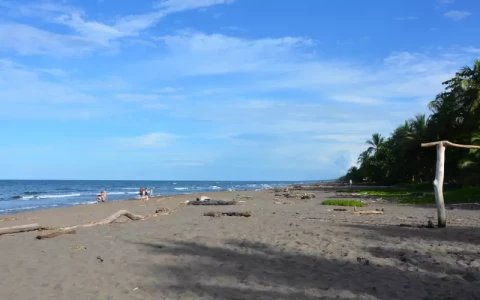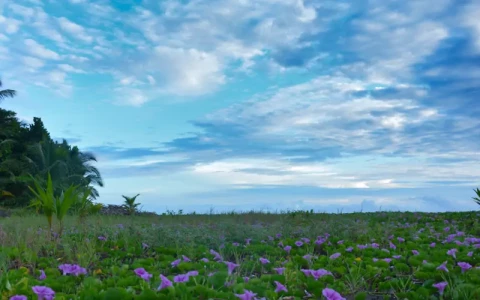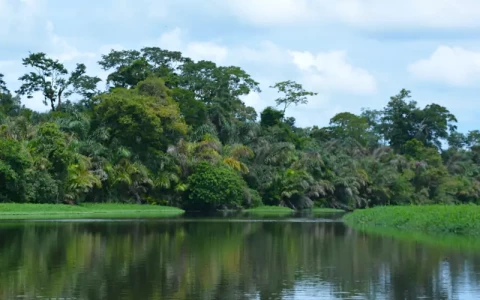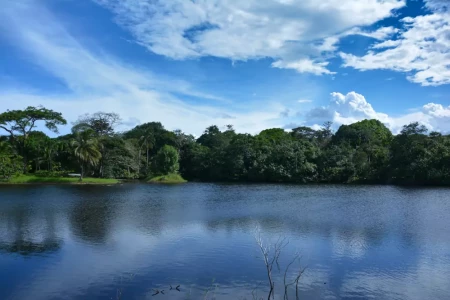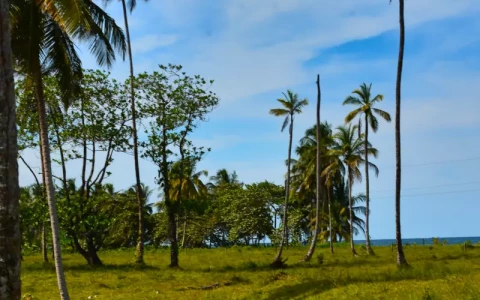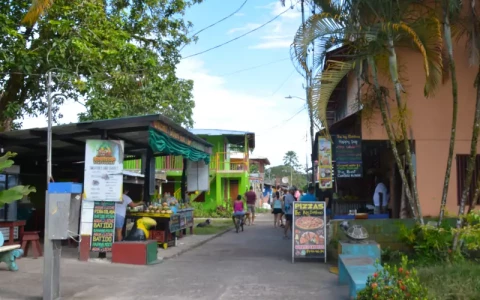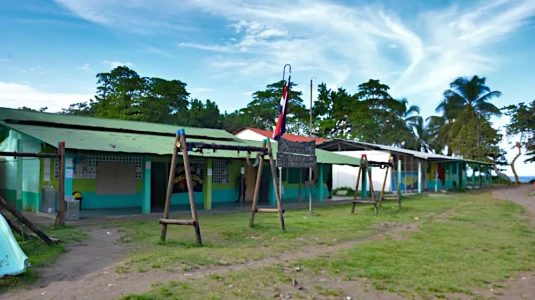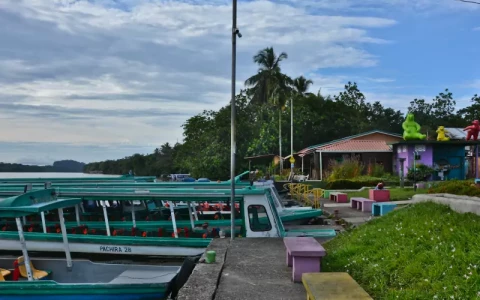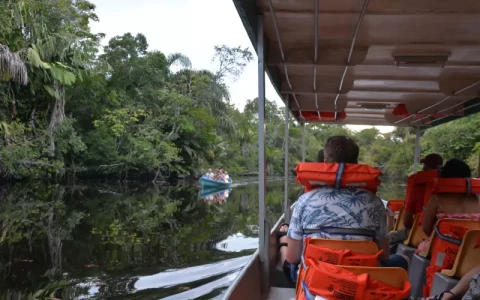Tortuguero – Costa Rica
Formed from volcanic islands and their subsequent erosion over billions of years in the Caribbean, we can find a piece of the paradise located today in the northeast of Costa Rica, called Tortuguero. This flat land crossed up and down by rivers is the home of thousands of species of animals and plants. Many of them are endemic to the Caribbean area. The jungle remains wild and untamed until the eye can see. And beyond. Mangroves, swamps, beaches, mountains, and plains are part of the natural environment of Tortuguero. Each one with its own characteristics and inhabitants.
Protected area then national park
Tortuguero became a protected area by the law of Costa Rica in 1970. As part of the efforts to protect the nesting places of both the Baula turtle and the Carey turtle, the park has been extended twice since then. Since then many species of birds, mammals and lizards have been identified, increasing the importance of protecting the area. Park rangers check the beaches and the canals of the park, looking for antisocial individuals who could be defiling nature. Hunters and loggers are not allowed here by no means. Fishing is under strict control, no net or any other unorthodox method is allowed. Since Ramsar recognized Tortuguero as a natural sanctuary of the world, people from all over the world have joined the surveillance and protection. Green Sea turtle nesting is the main reason thousands of people visit every year this region. During peak season hundreds of green turtles come to spawn their eggs on the beaches of the area while some lucky visitors can watch from a safe distance. To keep the activity safe for our favorite amphibians, all the visits to see the turtles are coordinated and monitored at Tortuguero park. As an adult, the green sea turtle only has 2 natural predators, sharks, and human beings. As eggs, there are too many predators, from crabs to mammals and birds that lurks on the beaches. Some of these event feasts on the recently hatched little buddies. Imagine being born for a few seconds and already fighting for your life! It is estimated that only 1% of hatchlings reach sexual maturity. This is why Costa Rica takes very seriously the protection of our olive-shelled friends, which probably are Costa Rican since turtles have the ability of “natal homing”.
Humans living alongside nature
Humans thrive here too in very small communities that understood over the course of decades that respecting nature is the key to real progress. No concrete roads that taint the land here with filthy chemical elements. Canals and rivers are used to travel this blessed land north to south, east to west. Boats replace buses and trains here as the only medium of transportation. They cross those canals every day, not only with people aboard but goods too. Fishing boats are common too, used by locals who only want to get fish to sell on local markets and bring rice and beans to their homes.
Main Town
The biggest town, Tortuguero, is a small city with no more than 1500 inhabitants and it is the main entrance to the National Park. People, there are mostly dedicated to tourism activity, receiving hundreds of visitants every day. Services there go from food and souvenirs to selling cellphones and appliances.
The main rivers used to enter Tortuguero are the La Suerte river and the Colorado River. The Colorado river comes from another protected zone, Barra del Colorado. There is a small airport, mostly used to introduce goods to the zone but also some passengers who made the mistake to skip the “boat experience”.Conclusion
Because a picture can be worth more than 1000 words, we are going to share with you pictures of Tortuguero. Turtle Beach Lodge is awaiting you and we want to share the unique experience.
If you are ready to reserve, visit our main page by clicking here and filling out the form at the very top of the page.
